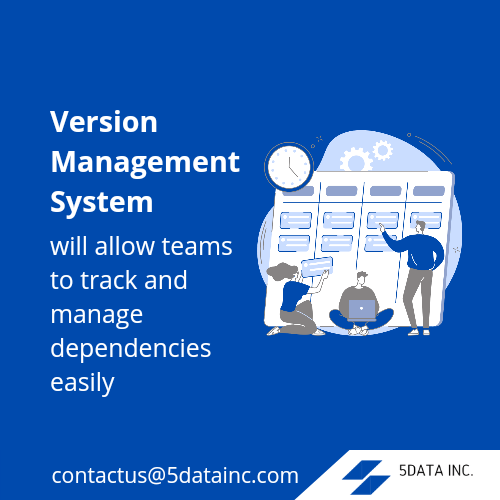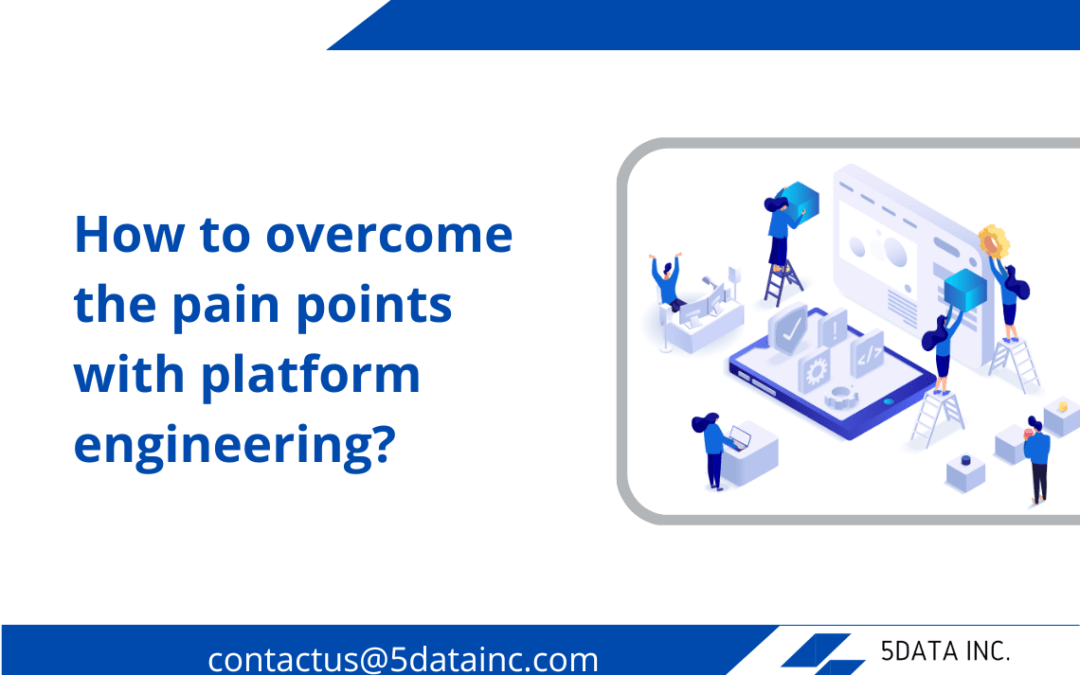However, such an exponential rise in demand has paved for software solutions that are more complex than ever before.
And for the same reason, robust infrastructure has gained the forefront as the need for the hour to deliver these solutions on a global scale.
In case you’re still wondering, we are talking about Platform Engineers.
The platform team, an IT department responsible for the complete infrastructure development for the company, has to face myriads of challenges to provide and maintain the platform without affecting the software development lifecycle.
Let’s now guide you through the functions of a Platform team along with few pain points of Platform Engineers.
We shall also discuss a few solutions for the same.
Let’s get started.
What does a Platform team do?
The term “platform engineering” covers a lot of ground, but in general, it refers to the work of designing and building software platforms.
Oftentimes, platform engineering teams are responsible for the overall architecture of a software platform, as well as its implementation and maintenance.
They work closely with other engineering teams to ensure that the platform meets the company’s or product’s requisites.
Regardless of their specific focus, all platform engineers share a common goal: to build robust, scalable, and extensible software platforms that power the world’s most innovative products and services.
With that said, let’s take a closer look at the challenges faced in Platform Engineering.
Platform Engineering – Pain Points
Lack of communication between teams
Lack of proper communication and collaboration between different teams leads to a multitude of problems within the company.
For example, team members may not be well aware of each other’s work, resulting in duplicate work or a failure to take advantage of synergies.
In addition, team members may not be able to rely on each other for help, which can lead to delays in project deployment.
Solution
Always establish a clear channel of communication channels between teams. Ensure that everyone is on the same page when it comes to project goals.
If everyone is unanimously aware of what needs to be accomplished, efficiency at scale becomes less of an issue.
Another way to overcome this pain point is to encourage collaboration between team members.
It can be done by assigning tasks requiring collaboration or by providing team members with the opportunity to work together.
Working together on a project can help team members learn about each other’s strengths and weaknesses, making them more effective in the future.
Finally, it’s important to understand each team member’s roles and responsibilities clearly.
This way, everyone will know what is expected of them, and there will be fewer surprises.
Dealing with Automation complexities
Automation is critical for businesses to stay competitive in today’s market. It can help improve efficiency and quality while reducing costs.
However, automation also introduces new complexities and challenges, especially for platform engineers.
Automating tasks that are not well-defined can be difficult to implement within the project. It can be a tedious task to know where to begin from and what steps must be taken to complete the assigned jobs.
Certain tasks may be too complicated to be automated. This is often the case with jobs that require human intervention or decision-making.
Solution
In order to effectively deal with these challenges, platform engineers need to have a good understanding of the automation landscape and the different types of automation tools available.
They also need to identify their organization’s specific needs and select the right tools for the job.

Defining common standards
To build a platform, it is necessary to define and agree to a set of recommended standards.
This can turn out to be tedious with multiple teams involved. Each team may have their way of getting things done, which can make it quite a hassle to come to mutual terms with each other.
On top of that, team members may not always be familiar with other teams’ standards, making working together an even tougher ordeal.
Solution
The best way to overcome this pain point is to establish a clear set of standards that all teams must follow.
These standards should be well-documented and easy to understand. It’s also important to ensure that all team members are well informed about the standards.
This can be done by providing training or having a dedicated team member responsible for enforcing these standards.
Once the standards are in place, it is important to enforce them consistently. If there are deviations from the standards, they should be addressed immediately.
Versioning and managing dependencies
As platforms evolve, new software versions are released, and dependencies change.
For example, one team may be using an older dependency version while another group is using the latest version.
It can lead to incompatibility issues and even data loss.
Solution
The best way to overcome this is to use a version management system. It will allow teams to track and manage dependencies easily.
Also, it’s important to have a clear understanding of the dependencies of each team. This way, teams can avoid using incompatible versions.
Conclusion
Developing a software solution takes more than just a few lines of code.
It’s a combined effort with countless hours spent on design, documentation, structuring, planning, building and maintenance, all of which take a lot of skillsets and creative attempts.
Are you looking to build a software solution for your Business?
Skip the hard part and choose 5DataInc.
With diverse industry experience developing scalable software solutions, 5DataInc’s deep understanding of technology stack coupled with business understanding helps deliver seamless software development services.
Developing scalable, secure, and highly reliable applications is part of our DNA. From requirements elicitation to design to development, testing, and deployment, we help with end-to-end software development for you.
Get in touch with our team and witness how more of data can transform your Business.

